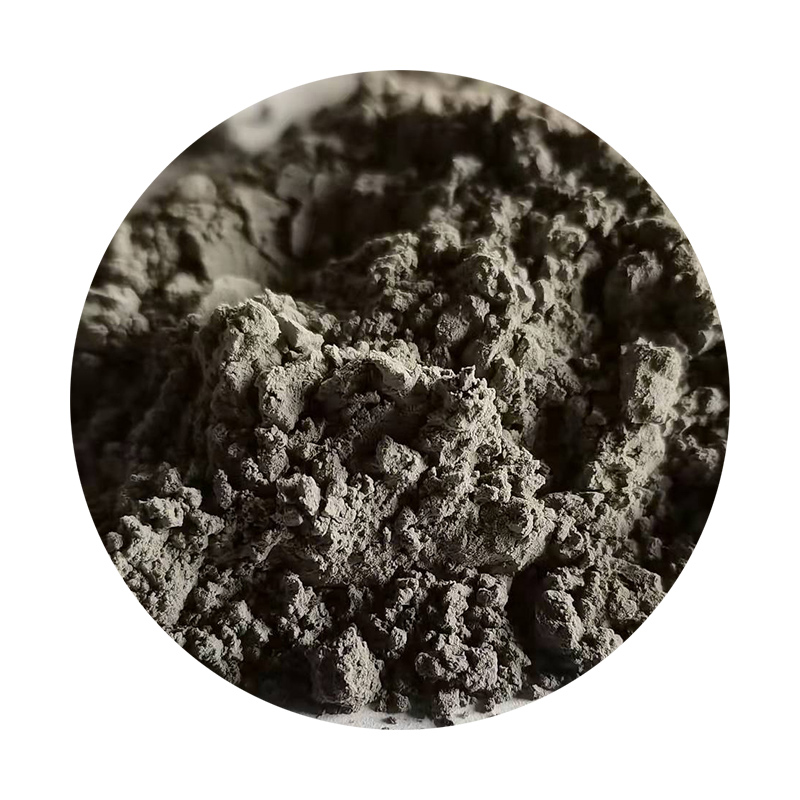The Price Trends and Market Dynamics of Ceramic Sand
As the construction and manufacturing industries continue to evolve, the demand for specialized materials has grown, with ceramic sand emerging as a crucial player. Ceramic sand, known for its exceptional properties such as high temperature resistance, low thermal expansion, and excellent strength, has found applications in various sectors, including metallurgy, foundry, and oil and gas industries. However, understanding the factors that influence the price of ceramic sand is essential for stakeholders across the supply chain.
Market Overview
The global market for ceramic sand has been witnessing significant growth, driven by increasing investments in infrastructure development and manufacturing activities. As economies recover from global downturns, the demand for ceremic sand is expected to rise, impacting its price. Ceramic sand is also favored for its eco-friendly attributes, making it a preferred choice for companies looking to reduce their environmental footprint. The combination of these factors positions ceramic sand as a valuable commodity in a competitive market.
Factors Influencing Price
1. Raw Material Costs The primary components used in producing ceramic sand include kaolin clay and other aluminosilicate materials. Fluctuations in the prices of these raw materials directly impact the cost of ceramic sand. For instance, if the mining costs for kaolin rise due to regulatory changes or supply chain disruptions, manufacturers may have to increase the prices of ceramic sand accordingly.
2. Production Techniques The technological processes employed in producing ceramic sand can affect its price. Advanced production methods that enhance the quality and purity of ceramic sand may involve higher operational costs. Consequently, such costs are often passed on to customers, contributing to the overall price of the product.
3. Market Demand and Supply The principle of supply and demand is a significant influencer of ceramic sand prices. When demand outstrips supply, prices tend to rise. Conversely, if the market is saturated with ceramic sand, prices may stabilize or decline. Seasonal variations in construction activities can also lead to fluctuations in demand.
ceramic sand price

4. Global Economic Conditions The health of the global economy plays a critical role in shaping market dynamics for ceramic sand. Economic growth often leads to increased construction and industrial activities, thereby driving demand. On the other hand, economic downturns can lead to reduced investment in infrastructure and manufacturing, adversely affecting demand for ceramic sand and leading to price reductions.
5. Competition and Substitutes The presence of alternative materials, such as silica sand and resin-coated sand, can impact the pricing strategy of ceramic sand producers. If substitutes are available at lower prices, they can create downward pressure on ceramic sand prices. However, if ceramic sand is perceived as offering superior performance, it may command a premium.
Current Trends and Future Outlook
Currently, the price of ceramic sand is influenced by a combination of the aforementioned factors, leading to a somewhat volatile market. Analysts note that as industries shift towards sustainable and high-performance materials, the demand for ceramic sand is likely to remain strong, suggesting a stable or even upward trend in prices.
Moreover, technological advancements in ceramic sand production are anticipated to enhance efficiency and reduce costs. This could potentially lead to competitive pricing strategies that benefit consumers while ensuring profitability for manufacturers.
Conclusion
Understanding the price dynamics of ceramic sand is essential for stakeholders across various industries. As demand continues to grow, influenced by global economic conditions and evolving market needs, monitoring these trends will allow businesses to make informed decisions. The interplay between raw material costs, production techniques, and market demand will continue to shape the pricing landscape of ceramic sand in the coming years. For investors, manufacturers, and end-users alike, keeping abreast of these factors is crucial for navigating the complexities of the ceramic sand market.
Post time:डिस . 05, 2024 14:11
Next:heath ceramics sand
